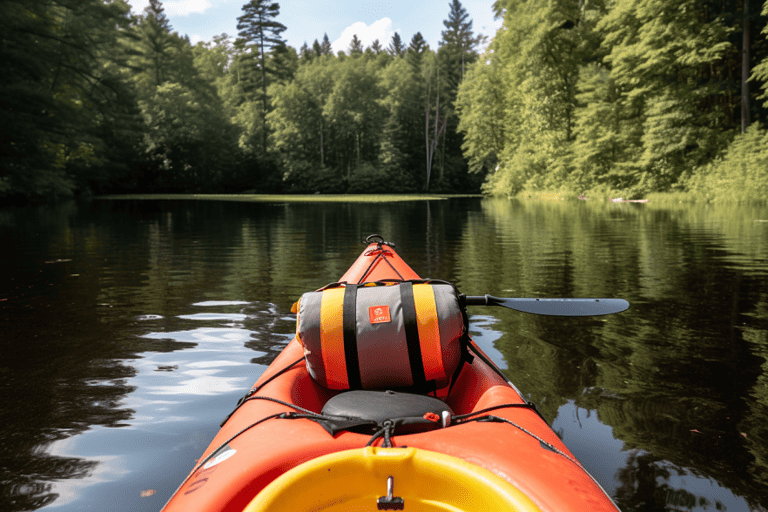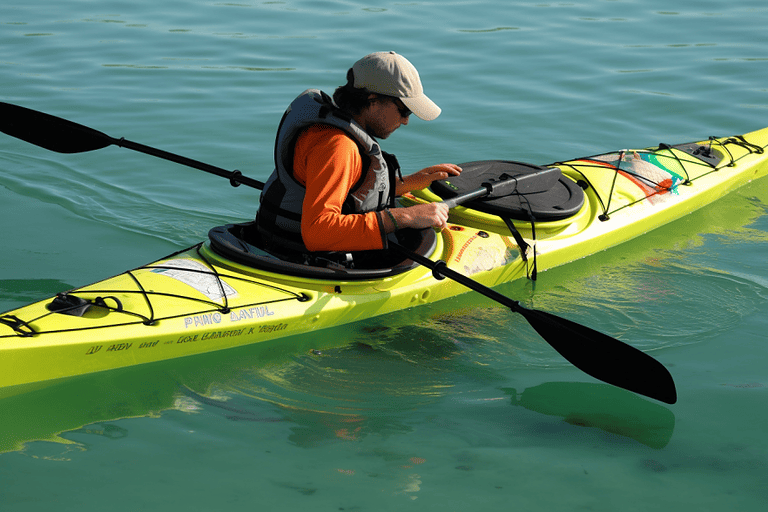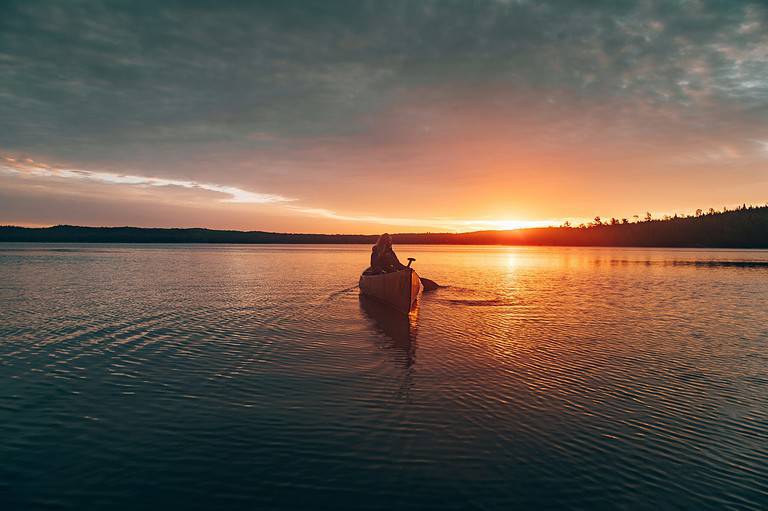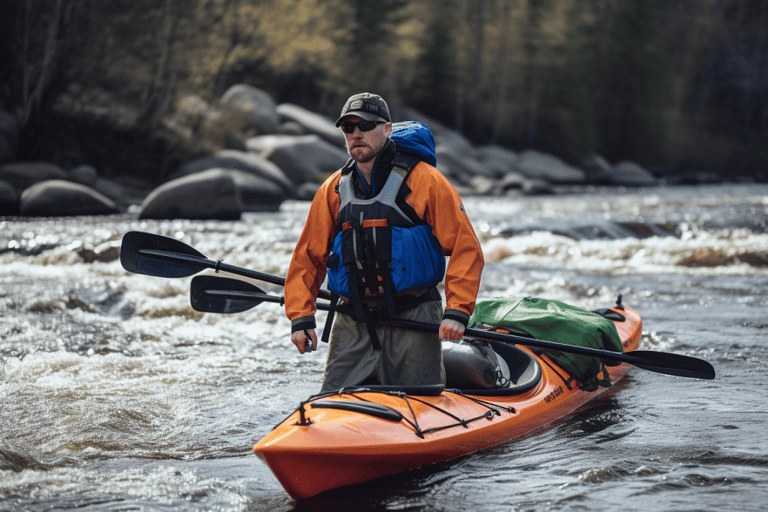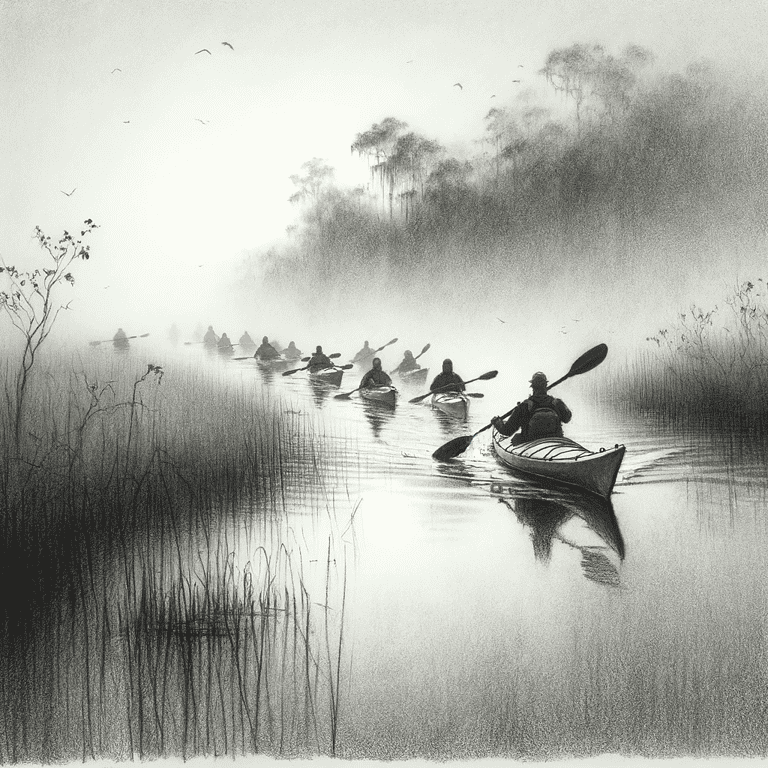Basic Sea Kayaking Techniques
Sea kayaking is one of the most exciting and rewarding ways to explore nature. Make sure you have the Basic Sea Kayaking Techniques needed to be succesful. Anyone can become a successful sea kayaker with some knowledge, skill, and preparation. In this article, I’ll discuss the basics of sea kayaking: from choosing the right equipment to learning paddling techniques and essential safety tips. You’ll also learn how to make your journey as enjoyable as possible. Whether you’re just starting or looking for a refresher course on sea kayaking techniques, I’m here to help! So let’s get started!
Choosing the Right Equipment

Choosing the right gear is key to having a great paddling experience! When selecting a kayak, it’s important to consider the type of water you’ll be paddling in and your skill level. If you’re just starting out, renting a kayak is an excellent way to get familiar with different types of boats and find one that fits your needs. It’s also important to ensure the rental selection includes all the necessary safety equipment, such as life jackets, flares, and whistles.
Once you have the right boat for your needs, it’s time to learn the basics of paddling techniques. Knowing how to use your paddle properly will help you move efficiently through the water while conserving energy. It’s also important to understand how wind and waves can affect your boat so that you can adjust accordingly. With practice and patience, mastering these techniques will give you confidence in any body of water!
Learning the Basics of Paddling
Mastering paddling strokes is key to navigating your way through any waterway. Regarding kayaking, practice makes perfect as you strive to master your balance and refine your technique. I recommend starting in flat, calm waters to become comfortable with the basics: forward stroke, sweep stroke, and draw stroke. As you practice these strokes, take the time to focus on what works best for you—every paddler has a unique style. Once you feel confident with your form, start incorporating more complex techniques such as the sculling draw or stern pry into your routine. With patience and dedication, mastering the basics of paddling will set you up for success and ensure that your future kayaking adventures are safe and enjoyable.
As you become more experienced with kayaking, safety tips like wearing a life jacket and checking weather conditions before hitting the water must always be followed. Being aware of potential risks will help keep you and those around you safe when venturing out on open waters.
Safety Tips
As a sea kayaker, safety should always be the number one priority. To ensure maximum safety on the water, I always wear a life jacket and pay close attention to the weather conditions before heading out. Additionally, I need to be aware of my surroundings to spot any potential hazards that could arise while out at sea.
Wearing a Life Jacket
Wearing a life jacket is essential for your safety, so don’t forget to wear it before you hit the water! Before putting on the life jacket, check that it fits properly and isn’t too loose. Make sure all of the straps are secure and tight enough to keep you afloat in case of an emergency. Additionally, clean off any dirt or debris from the gear before taking out your kayak; this will help ensure your life jacket won’t get damaged while on the water.
Knowing the weather conditions before hitting the open waters is important. Attention to wind speeds, wave height, and other elements affecting your sea kayaking time. Knowing these things will help you plan accordingly and stay safe during your journey.
Knowing the Weather Conditions
Before taking to the water, knowing the weather conditions is essential to ensure a safe and enjoyable kayaking experience. Knowing how to read forecasts and understanding currents, wind, and wave patterns are all must-haves for any sea kayaker. Here are some important points to consider when reading forecasts:
- Pay attention to the wind speed and direction, as these can create challenging paddling conditions;
- Observe the air temperature since cold temperatures can mean quick changes in weather;
- Be aware of precipitation levels as they can affect visibility or cause hypothermia;
- Monitor water temperature to know if you need extra protective gear.
By being proactive with your knowledge of weather conditions, you will be better prepared for whatever nature throws you while on the open water. It also helps prepare you for being aware of your surroundings which is another key component of successful sea kayaking techniques.
Being Aware of Your Surroundings
Being mindful of your environment is essential for a successful kayaking venture; it’s like navigating through an ever-changing maze that always requires full attention and alertness. Not only do you need to be aware of the conditions of the water and the weather, but also of other people in and around the area. Staying alert while paddling is key to avoiding potential hazards like boats, floating debris, strong currents, or wind gusts. Preparing means planning where you’re going, what route you’ll take, and how long you expect to paddle out. Additionally, if emergencies occur while out on the water, it’s important to have all necessary safety gear, such as life vests and communication devices, readily available. By staying alert and prepared, you can avoid hazardous situations and enjoy your journey with greater peace of mind. Knowing that you have taken all possible precautions will allow you to relax and savor every moment without fear or worry holding you back.
Enjoying the Journey

Exploring the natural environment, taking photos and videos, and appreciating the wildlife are some of the best ways to enjoy a sea kayaking journey. I take every opportunity to admire nature’s beauty as I paddle; whether it’s a dramatic coastline or a peaceful lake, being out on the water is an incredible experience. Taking some pictures and videos helps capture these moments so I can relive them later – plus, it’s great for sharing with friends and family! And, of course, one of my favorite things is spotting wildlife in their natural habitat – from majestic birds soaring overhead to playful seals frolicking in the waves.
Exploring the Natural Environment
Cruising through the natural environment, you can almost feel the world around you come alive. When sea kayaking, you have the unique opportunity to explore and appreciate your surroundings in a way few other activities can match. Navigating through currents and respecting nature’s beauty is key to having an enjoyable journey. By being mindful of our presence, we can positively impact our environment while gaining insight into its delicate balance.
As if the experience isn’t already incredible enough, capturing photos and videos of the wonderful scenery further enhances one’s appreciation for nature’s wonders. With every paddle stroke taken, there are countless chances to observe wildlife or take in breathtaking views from afar. Sea kayaking provides us with not only an opportunity to explore nature but also a chance to connect with it and be reminded of how special it truly is.
Taking Photos and Videos
Take your camera and capture the beauty of nature in stunning photos and videos as you paddle along. Whether it’s capturing serene lakes, panoramic views of the coastline, or close-ups of wildlife, kayakers need to be mindful while paddling around. Paddlers should always practice safe boating ethics by not getting too close to wildlife and respecting their environment. As a kayaker, you can capture angles that would otherwise be impossible from land or other boats. Taking the time to edit footage can be just as important for creating content worth watching; make sure each clip is stable and has an interesting angle. Before heading out on a trip, plan out potential shot ideas that amaze viewers. By taking photos and videos during your kayaking journeys, you can share an experience with others that they would never get otherwise. Appreciating the wonders of nature is a great way for all outdoor enthusiasts to explore the world around them.
Appreciating the Wildlife
After taking some great photos and videos, I’m ready to appreciate the wildlife around me truly. As I paddle through the water, I take a moment to listen and observe. In no time at all, I’m spotting all kinds of incredible creatures. There’s so much to see, from seabirds flying overhead to sea otters playing in the water! It’s important that while we’re out here enjoying nature, we remember to respect it too. That means not getting too close or disturbing any wildlife that calls this area home. With patience and luck, you can get an up-close look at some of these amazing animals without causing them distress.
Frequently Asked Questions
How do I know if I’m ready for an overnight kayaking trip?
If you’re considering an overnight kayaking trip, the first thing to ask yourself is if you are ready. Have you taken the time to learn and practice basic kayaking techniques? Do you feel confident in your packing essentials and navigation skills? If so, an overnight kayaking trip could be a great way for you to explore new territory and experience the wonders of nature. Being prepared for any situation on the water will help ensure your adventure is fun and safe. So take some time, research, plan, and prepare for a memorable journey!
What type of clothing should I wear while kayaking?
I’m no stranger to venturing safely, and I can tell you that the most important thing to remember when packing essentials for a kayaking trip is what type of clothing to wear. According to statistics, 90% of people don’t know what clothes are best for kayaking. To ensure you’re safe and comfortable while paddling, choose lightweight pieces that allow your body to move freely and won’t restrict your movements. Look for items made from quick-drying materials like nylon or polyester so they’ll stay dry if you take an unexpected dip. Make sure you have layers if conditions change throughout the day and dress appropriately depending on weather forecasts. With the right clothing selection, you’ll be prepared for whatever comes your way!
What are the best places to go sea kayaking?
Sea kayaking is an exciting way to explore new destinations and discover hidden places. Packing the right essentials for your trip is key, so be sure to have comfortable clothes, sunscreen, snacks, a first aid kit, and a life jacket. But where are the best places to go sea kayaking? From exploring the stunning coastal waters of Croatia and Turkey to navigating through the rugged fjords in Norway, there’s no shortage of beautiful locations for you to explore. For an unforgettable experience on the open water, try kayaking on Canada’s Pacific Coast or paddling along Mexico’s Mayan Riviera. No matter your destination, sea kayaking will surely provide an adventure you’ll never forget!
What should I do if I capsize?
There’s no need to panic if you are capsized with your kayak during solo paddling. As an experienced sea kayaker, I know the best thing to do is take a deep breath and assess the situation. First, check for any safety concerns – like if you’re close to rocks or other obstacles in the water – then gather your wits and focus on getting back into your kayak as quickly as possible. With the right technique, getting yourself upright again is easy – remember to stay calm and check for potential hazards. You’ll feel confident tackling even the most challenging sea kayaking adventures with some practice!
How do I transport a kayak?
As a kayaker, I know that transporting your kayak can be just as important as the actual paddling itself. Two main methods of transporting my kayak are using a kayak trailer or car topping. Kayak trailers are great if you need to transport multiple boats simultaneously, as they allow you to stack and secure the kayaks. Car topping is great for solo trips and requires minimal setup; all I have to do is tie down the bow and stern with straps. Both methods require special safety attention, so ensure you read up on the proper techniques before heading out!
Conclusion
I’ve come to the end of my journey, and I must say, it’s been a joy. Kayaking has opened up many possibilities, allowing me to explore places I never thought possible. It’s enriched my life in ways that can’t be put into words.
The key to success in this sport is safety first. Always take extra precautions when paddling, especially alone or in unfamiliar waters. With the right equipment and knowledge of basic techniques, you can have an enjoyable experience on your next sea kayaking adventure!


